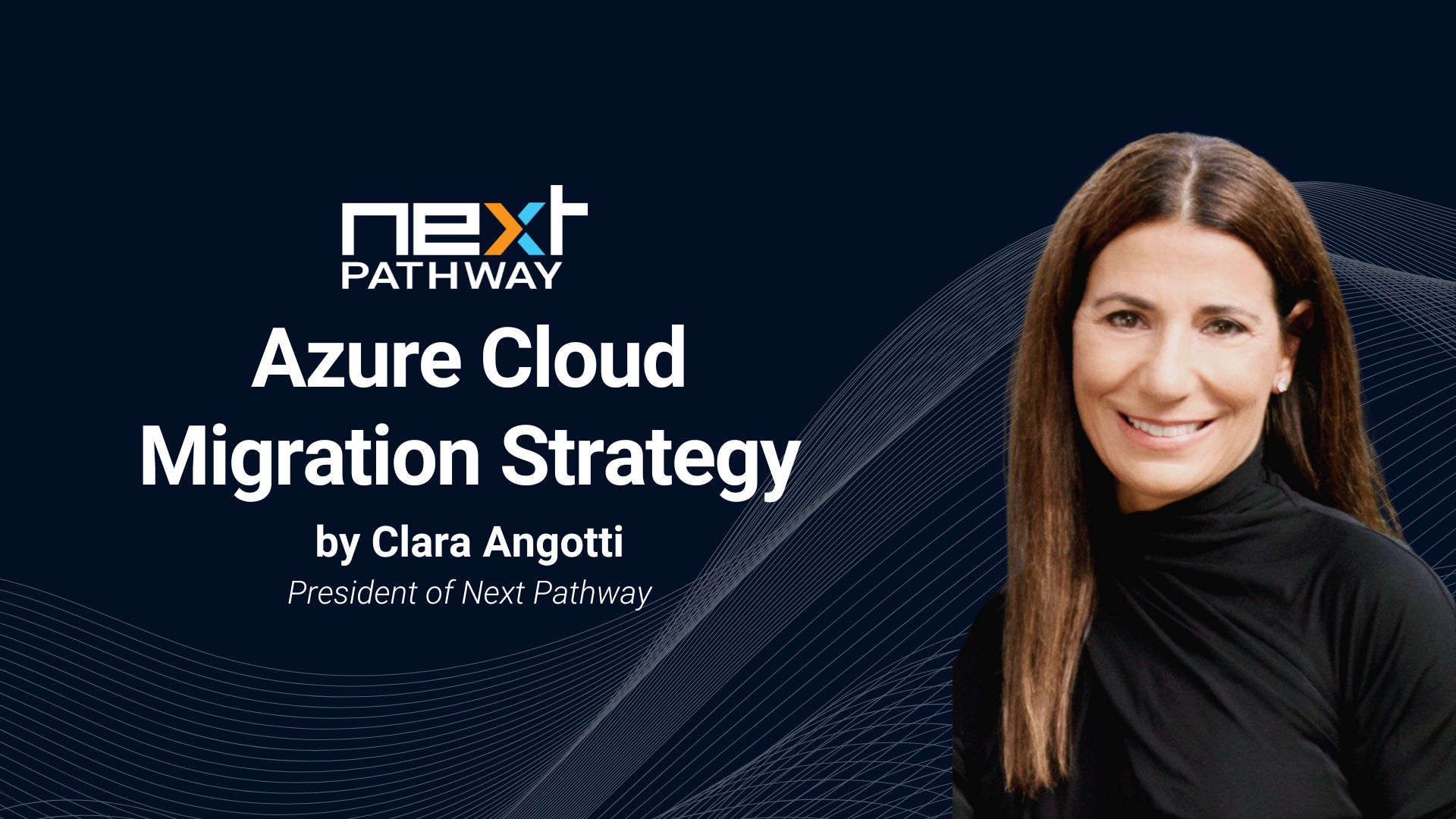So how does a company migrate to Microsoft Azure? What are the best Azure Cloud Migration Strategies, Migration Steps and common Challenges?
Azure Cloud Migration Strategies:
Whether you are taking a ‘lift and shift’ approach to a cloud migration to Microsoft Azure, or “lift and shift, then modernize” approach, you will need to first define your overall cloud migration strategy to Azure. In many cases we see clients opting for the “lift and shift” strategy, only to decide mid-way through the migration, that they want to achieve operational efficiencies through modernization. If modernization is ultimately your goal, best to set yourself up for this at the outset.
Azure Cloud Migration Steps:
Most cloud migration initiatives will start with some type of business justification, either an ROI and/or Total Cost of Ownership analysis for the cloud migration. Next you will want to decide which workloads to move to the cloud, and in what order. Most cloud migrations have an operational business case and a transformative business case – the workloads that you chose to move to Microsoft Azure must ensure the business rationale for the migration is achieved. In addition, the workloads that you choose must be crawled to understand the data lineage, data workflows and impact on downstream reporting applications. Selecting your cloud migration toolset, external partners and internal staff is critical. The right team and tools to complete a migration is as important as selecting the right cloud platform. Determine your migration plan, including key steps to complete the environment set-up, data and code migration, testing, parallel run, and cut over.
Azure Cloud Migration Challenges:
No migration is free of challenges. The most common challenges we see are related to process and not necessarily tooling or the limitations of the cloud platform. Every cloud platform will have some idiosyncrasies that can be over-come; technical hurdles are rarely the result of a migration taking longer than expected or costing more than the budget. Often, we see the lack of automation in testing causing delays, lack of a client’s understanding of their underlying code and data and not staffing the cloud migration with the proper technical engineering staff to address issues quickly.
About Next Pathway
Next Pathway is the Automated Cloud Migration company. Powered by the SHIFT™ Migration Suite, Next Pathway automates the end-to-end challenges companies experience when migrating applications to the cloud. For more information, please visit nextpathway.com.
Connect with Next Pathway

